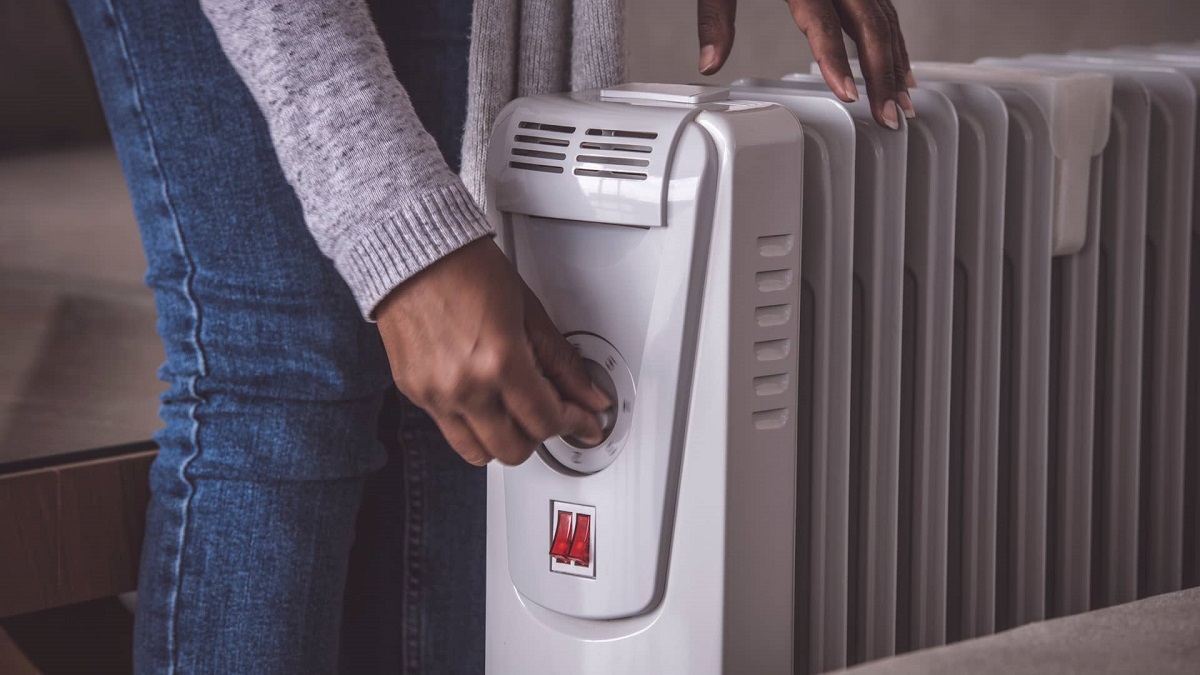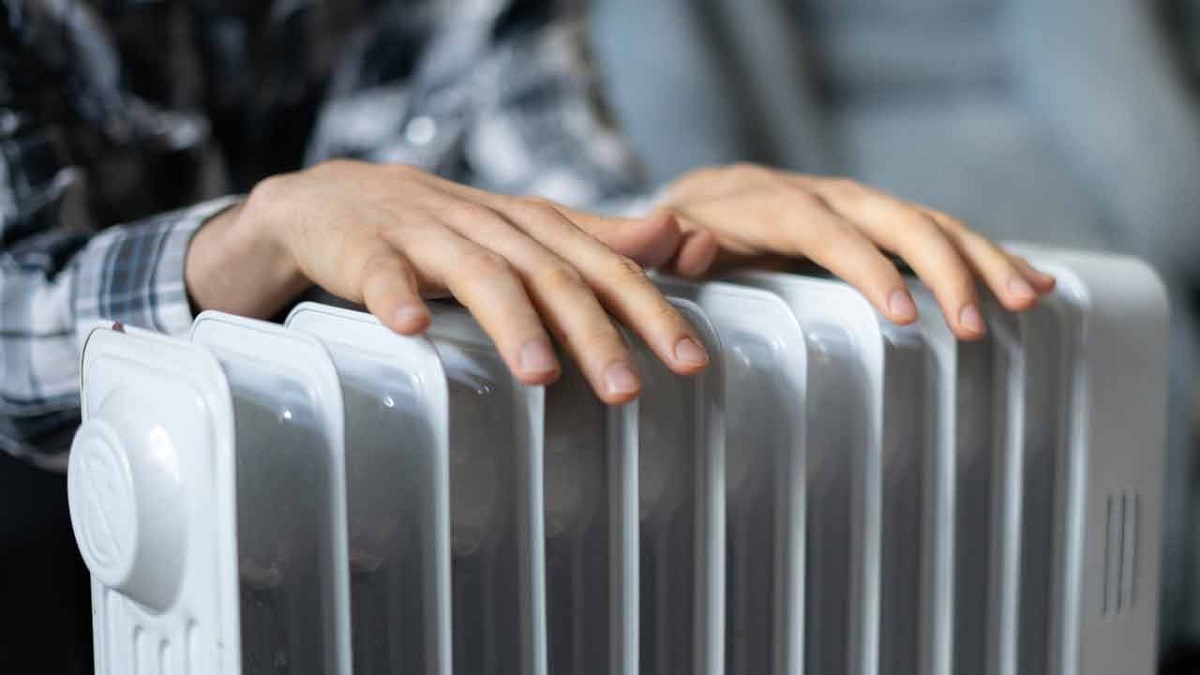
Heating can be more expensive every time due to the increase in the electricity bill. For this reason, many people look for low consumption radiators to reduce the cost. Among The best energy efficient radiators of 2022 We have those that meet all the characteristics that help reduce electricity consumption.
In this article we are going to tell you which are the best low consumption radiators of 2022, their characteristics and some comparison.
What is a low consumption radiator and how does it work?

Low consumption radiators are those that use an internal fluid other than water, most commonly oil, which allows greater thermal inertia. Also, since they have an aluminum casing, heat output is improved. Additionally, they can add things like digital displays to schedule them based on time and temperature.
Regarding low energy consumption, electric heaters provide home comfort efficiently and economically. In general, to achieve optimal comfort, heat production should be considered in terms of per square meter of the room. That said, depending on the space you want to heat, you will have to choose between one power or another. As usual, a power of 90 to 100 watts per square meter is usually chosen, so a room of 10 square meters will require from 900 to 1000 watts.
The consumption of electric radiators depends on the maximum power of the equipment. The most basic model can use up to 600W of power, saving energy consumption. If you choose a model with a higher power, around 1500 to 2000, you can get a higher temperature in less time, but this means higher consumption costs, and the power you get depends on the type of fuel the radiator uses.
Characteristics of the best low consumption radiators of 2022

In general, when buying we will find 3 options, water (fixed installation), electricity (power from the socket) or oil radiator (oil heating inside). If you want to reduce the cost of heating your home in winter, there are several ways to save that are more efficient and require less investment. One of these models is a low consumption heatsink, evaluated by the following factors:
Thermal inertia
One of the factors that affect energy efficiency is thermal inertia. With it, it is possible to measure the ability of the device to retain heat after turning it off. Again, much of the efficiency achieved depends on the material the heat sink is made of and the type of resistor it has.
Materials
The materials used to make a radiator determine its durability and energy efficiency.
- Aluminum. They heat up fast and are cheap. However, once turned off, it loses heat very quickly. For this reason, the temperature is less stable because the thermostat is less uniform. Do not forget that it is not a very durable material.
- Molten iron. It is common in water radiators and is used less because it is more expensive and more complicated to install. However, it is more resistant to corrosion and impact, cools longer, retains heat and stabilizes temperatures longer.
- Steel. They are easy to install, but are more likely to corrode, warp, or chip if bumped.
Thermostat
Not that refrigerators have it (like the cheaper models), but it's something that energy-efficient refrigerators often include. If it has a thermostat, you can program the desired temperature, and when it reaches that temperature, the radiator will turn off, and it will turn on again when it detects that the environment it has become colder. This system prevents the device from working all the time and consuming power.
Technology of the best energy efficient radiators of 2022

Many of these heat sinks are made of aluminum due to the high thermal conductivity of the metal. It is capable of quickly absorbing the heat of the fluid that circulates through the radiator at very high temperatures.
Aluminum, for its part, it has a great capacity to dissipate this heat to the outside, and it does so efficiently. The aluminum radiator is designed to circulate the air inside its modules, allowing natural convection throughout the room in which it is installed.
If you decide to purchase these low-consumption radiators, you will see that they work with the thermal fluid inside, which sets them apart from other more traditional devices. This fluid is denser than the oil used in traditional emitters and is more efficient because it leaves very little space inside the radiator element. The substance is highly conductive and practically there is no risk of corrosion inside the device.
As they are state-of-the-art devices, you will have the possibility to program them remotely or integrate them into your home automation system. A program tailored to your home will allow you to regulate the operating hours of your heating in a sustainable way. Some home automation companies even develop mobile apps.
To further enhance its sustainability, do not install the radiator under a window, since it will not have adequate convection and heat will be lost. Make sure the radiators located in the room have enough heating elements to heat the entire space. For example: you will not be able to heat a 20 square meter room with a radiator with only three elements.
If you fix the radiator to the wall, at a height of about 15 cm from the floor, you will make the natural air circuit more fluid. Cold air enters through the bottom of the radiator, circulates through its cooling elements, heats up, and finally exits through the top. This is the proper cycle for efficient and sustainable thermal convection.
Scheduling allows you to optimize the performance of your device. Being able to set the time of use helps to achieve greater heating efficiency. For example, the radiator can be set to turn off at a certain time and turn on some time before you wake up to keep the house warm. Likewise, the app allows you to activate it and program the temperature remotely for an optimal home environment.
I hope that with this information you can learn more about the best low consumption radiators of 2022.